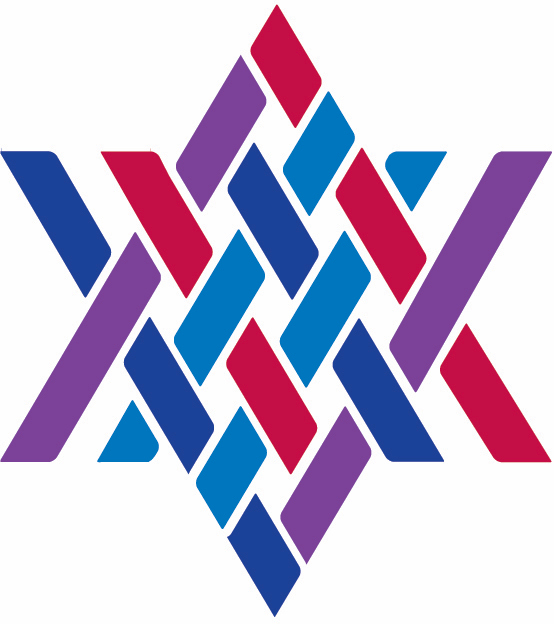Parashat Vayishlah
The Meaning of Aloneness
by Rabbi Jill Hammer
“Jacob went out from Beersheva, and went toward Haran.” (Gen. 28:10)
“With my staff alone I crossed this Jordan.” (Gen. 32:11)
“Jacob was left alone. And a man wrestled with him till dawn.” (Gen. 32:25)
“Dinah, the daughter Leah bore to Jacob, went out to see the daughters of the land. Shechem son of Hamor the Hivite, a prince of the land, saw her, took her, and raped her.” (Gen. 34:1)
There’s a hill I like to visit in Central Park. A wild meadow surrounded by five great trees, it’s often filled with head-high sumac and milkweed, or, if the Parks Department mows it, with marshy grass underfoot. Years ago, it had a mysterious dead tree at its center. Over the course of years, a vine wrapped around the tree, and when the tree finally fell, the vine took its Read More >

